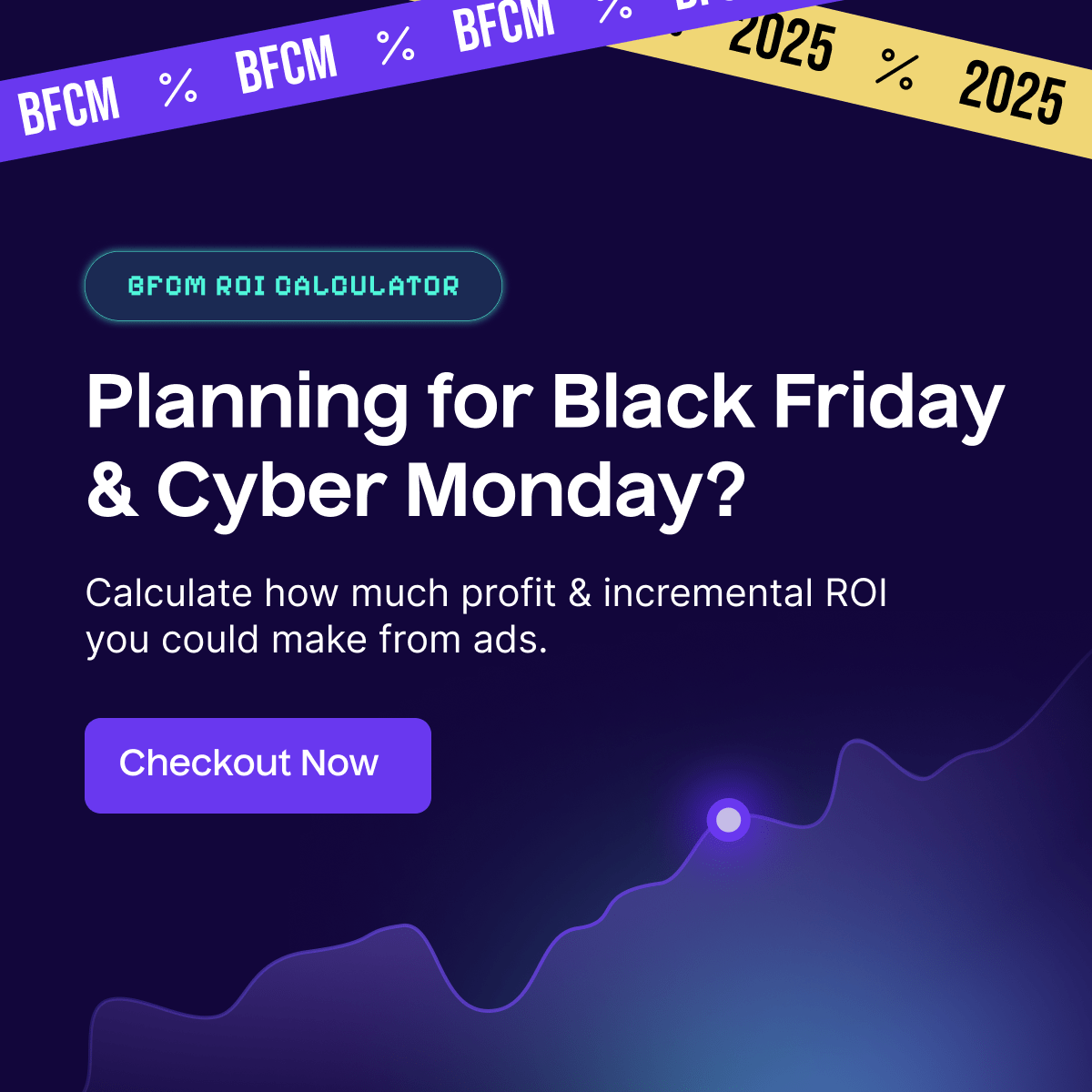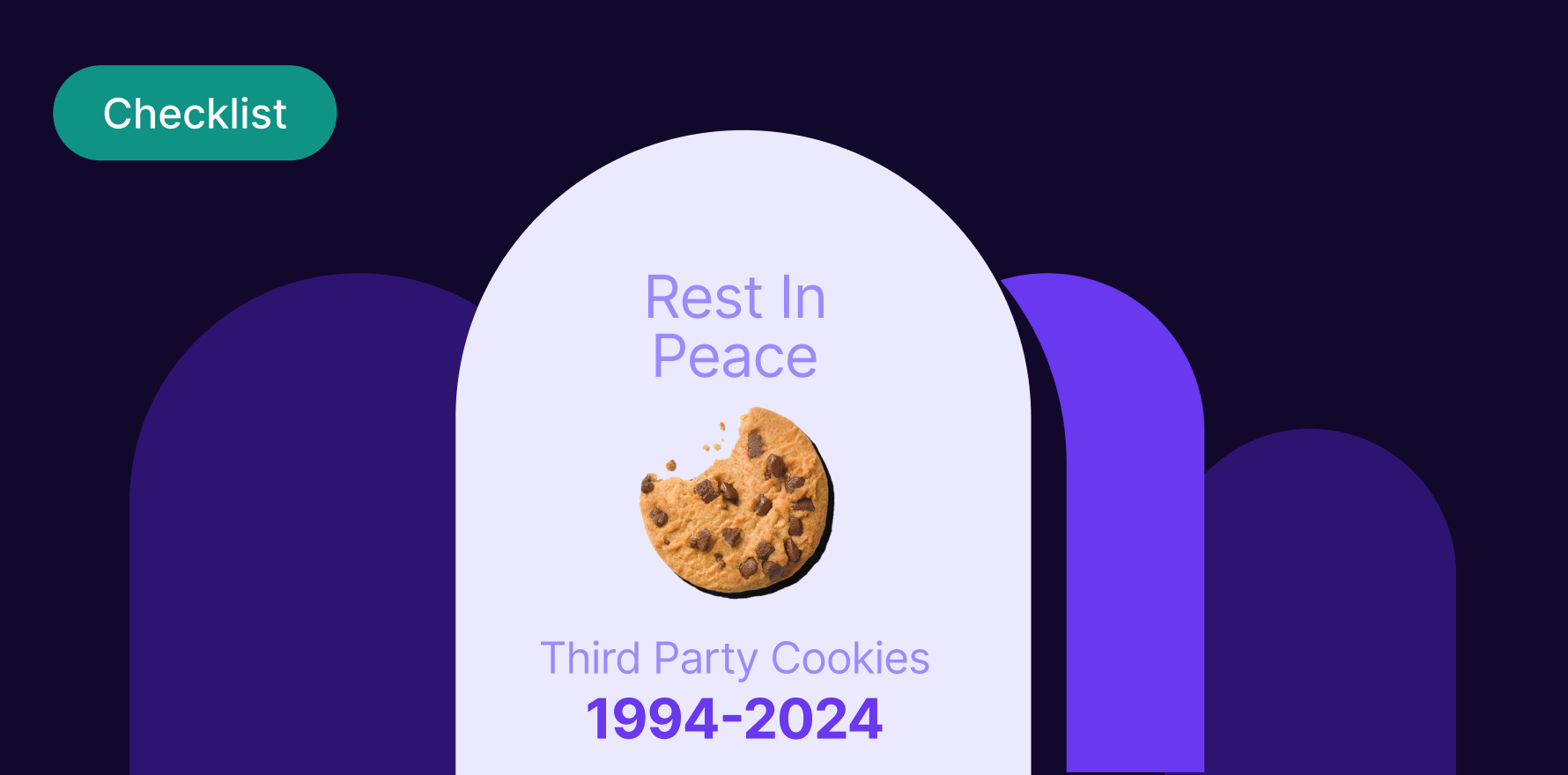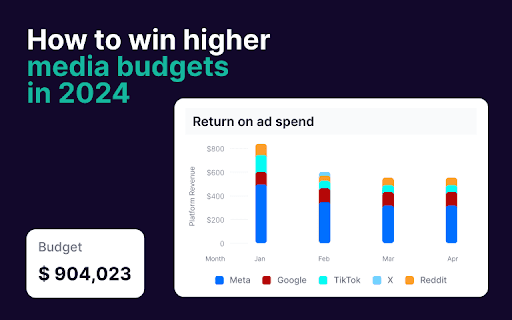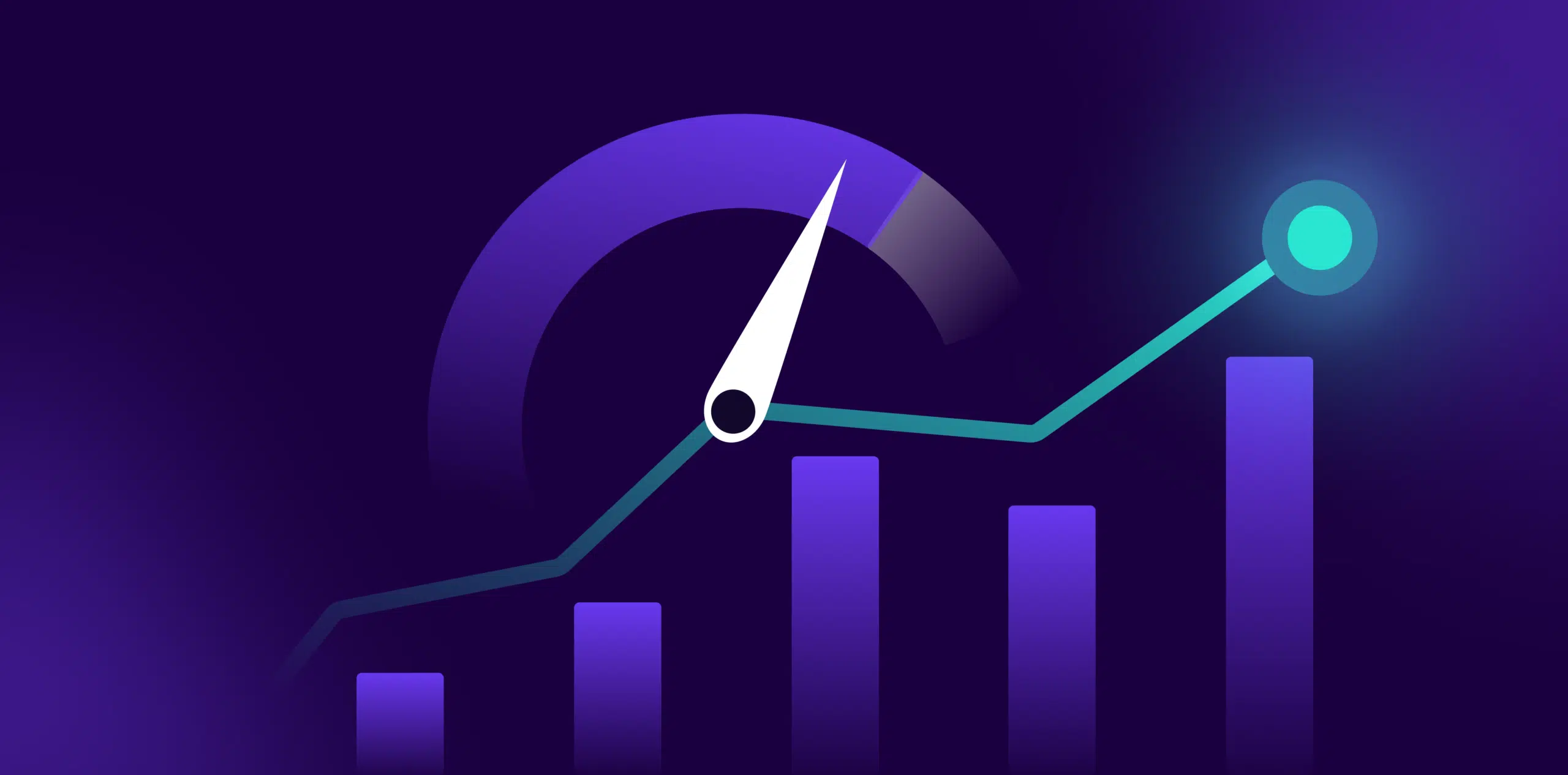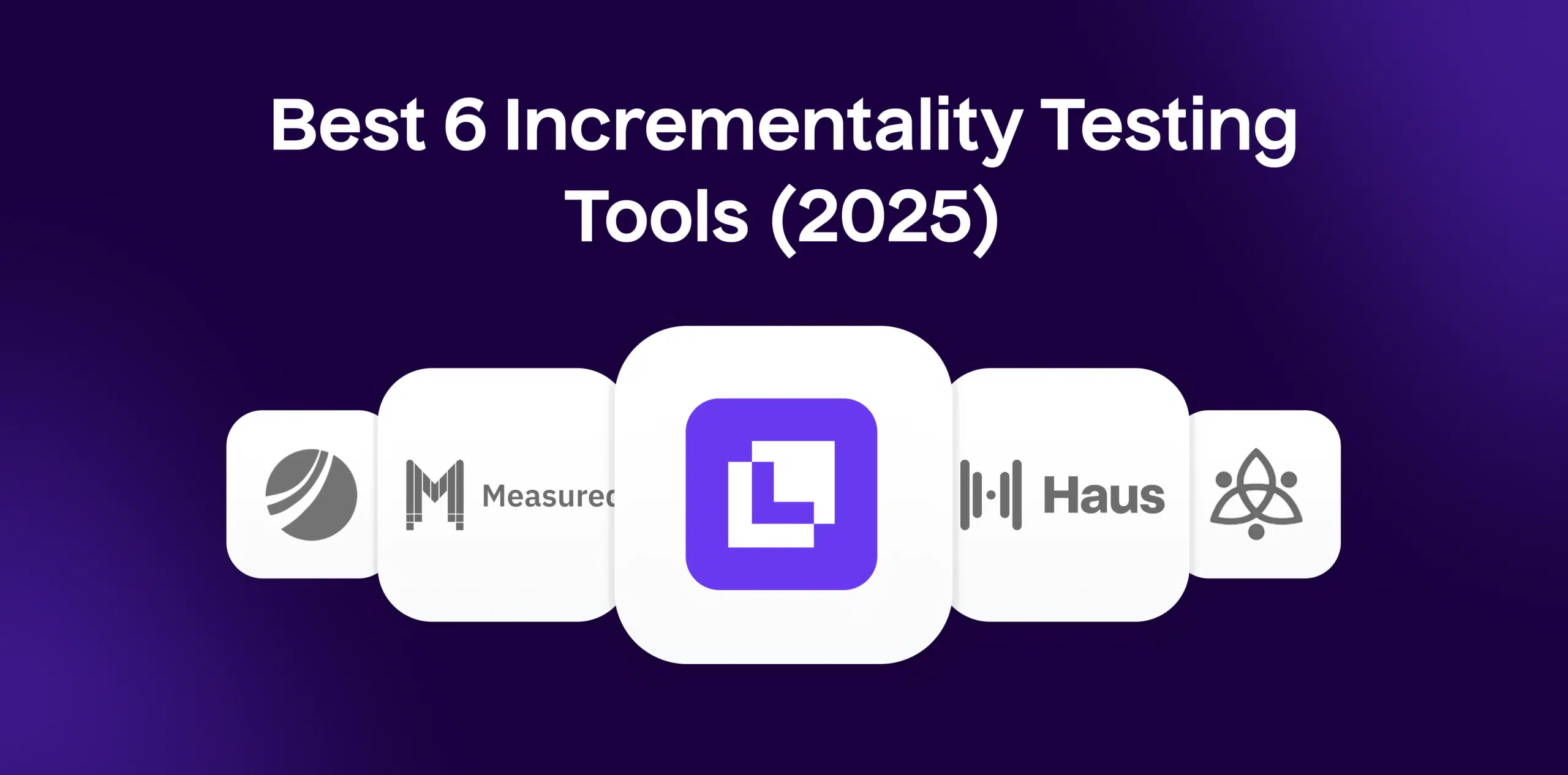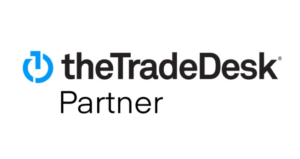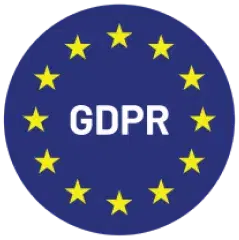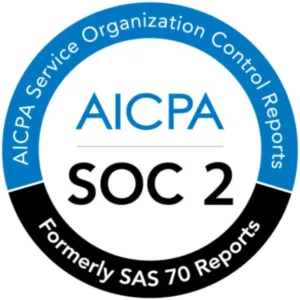What is Bounce rate?
Bounce rate is a key metric in web analytics as it offers insight into the effectiveness of a website’s performance. In essence, it measures the percentage of visitors who enter a website but then leave after viewing only one page. It is calculated as the total number of “one-page visits” divided by the total number of visits to a website. This can help determine where a website’s weaknesses lie and then the website can be improved accordingly.
Formula
Bounce Rate = (One Page Visits / Total Number of Visits) * 100
Example
A website has 1000 total visitors for the day and 420 of them left the website after viewing only one page. The bounce rate for this website would be 42% (420/1000 * 100).
Why is Bounce rate important?
The bounce rate accurately measures how successfully a website engages users and transitioning them through the site’s content. By monitoring the bounce rate, website owners can identify weak areas of their website and make necessary optimization changes in order to create a better user experience.
Which factors impact Bounce rate?
Bounce rate is influenced by several factors such as how users arrived at the website, ease of navigation, relevance of content, website design, and website loading speed.
How can Bounce rate be improved?
Improving bounce rate involves reducing distractions, fast page loading times, and relevance of content. Additionally, optimizing landing pages for specific user types and traffic sources, and an easy-to-use website navigation will help improve the overall user experience and reduce the bounce rate.
What is Bounce rate’s relationship with other metrics?
Bounce rate is inversely related to conversion rate as higher bounce rates indicate lower conversion rates. Bounce rate can also inform other eCommerce metrics such as overall website traffic, average page session time, and visitor loyalty. High bounce rates are usually a sign that users are not interested in the website’s content or have difficulty navigating and finding what they’re looking for.
Free essential resources for success
Discover more from Lifesight
